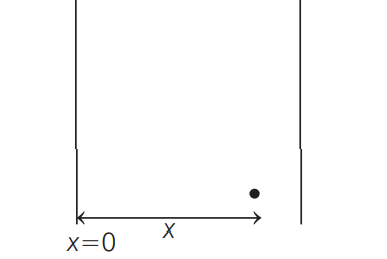Q.
The space between the two large parallel plates is filled with a material of uniform charge density $\rho$. Assume that one of the plate is kept at $x=0 .$ The potential at any point $x$ between these plates is given by $(A$ and $B$ are constants $)$.
TS EAMCET 2019
Solution: